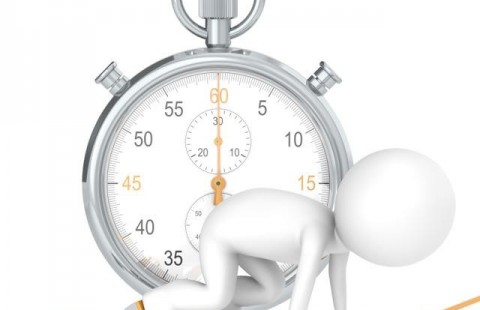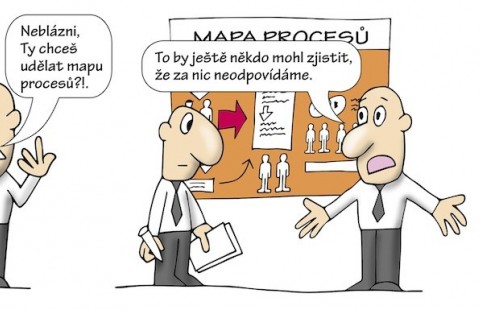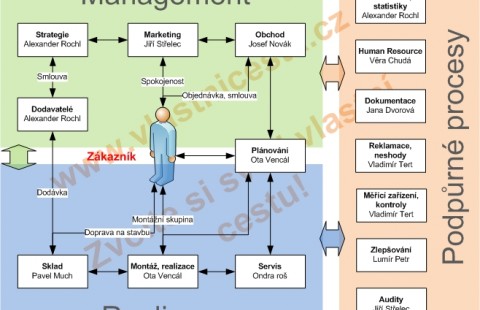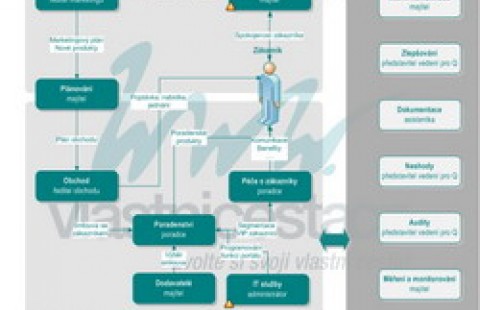A positive psychotherapy concentrates on family therapy and mental hygiene. It is a method that respects a person as he or she is, not trying to make them conform to a pre-defined model. The leading principle here is to find and use the sound powers within a personality, highlighting the positive aspects of suffering and conflicts which form the core of the troubles.
Positive psychotherapy
A positive psychotherapy concentrates on family therapy and mental hygiene. It is a method that respects a person as he or she is, not trying to make them conform to a pre-defined model. The leading principle here is to find and use the sound powers within a personality, highlighting the positive aspects of suffering and conflicts which form the core of the troubles.
The founder of a positive psychotherapy is Nossrat Peseschian, a German psychiatrist and neurologist. He has laid down its fundamental principles as based upon a comparison between different cultures. A positive psychotherapy has nothing in common with the philosophy of positivism. The adjective “positive“ here means “wholeness“ and “united in diversity“. It is oriented towards **overcoming any bias** both in relation to a person´s inner world and their life in the society. It is largely a synthesis of different aspects of a traditional psychoanalysis, a cognitive-behavioral therapy, including even components of a depth therapy.
The main motto of a positive psychotherapy is the knowledge that **even a seemingly hopeless situation or an utmost emergency condition can be utilized in recovering health and mental balance.** One needs to see roses in a bush of thorns!
Aspects of positive psychotherapy
1. Positive approach
2. Conflict-realated procedure
3. Five-stage positive psychotherapy
The original meaning of the word “positive“ (“positum“ in Latin) is “real“, “existing“. However, not only diseases, disorders and failed attempts to resolve problems are real or existing. Real and existing are also abilities enabling everybody to find new, different and even better solutions.

Legal aspects of insolvency and reorganization

The Real | Interim Manager for Your Changes

Manager work model

Time management - making use of time effectively

Jak správně tvořit mapu procesů

Modelling and setting the processes and procedures - ISO 9001

Training - preparation of the SWOT analysis and strategy

Company Management System of Quality Step by Step - ISO 9001

Process map acc ISO 9001 - business offer
A consideration of the positive psychotherapy that the client brings along not only their illness or problem, but also the ability to overcome such a problem or disease appears to be of importance.
The therapist´s job is to help them do it. A positive approach means attempting to seek solutions and options that have so far been hidden behind the horizon of the patient´s consciousness. That makes it possible to alter the stereotypical views and open ourselves up for different abstract modes than those that have so far been intensifying the existing conflicts rather than anything else.
As a rule, it was no shocking experience that triggered serious disorders. Much more often, minor mental wounds ceaslessly targeting a person´s sensitive or weak spots were ultimately able to induce a conflict.
Examples of application
**Example No.1:**
Suppose your partner is unfaithful. There is a number of solutions available, each one with very different consequences. You can use a gun to restore justice and defend your honour. You can drink down to discover a better world, or be unfaithful yourselves to take your revenge on them. Even your body can react to a given situation by making escape into a psychosomatic disease. YOU CAN ALSO ATTEMPT A DISCUSSION IN ORDER TO ACHIEVE AN UNDERSTANDING.
**Example No.2:**
Let us consider the problem of frigidity. Her partner can view a frigid woman as a sexless person, or he can take into consideration another positive meaning. Frigidity is also an ability to say NO through her body, which condition has to do with the way a woman understands herself or can be the result of a failing relationship.
Compiled by "Ivona Machová":http://www.ownway.eu/ivona.machova/, a consultant
Related articles
- "Psychodrama":http://www.ownway.eu/academy/psychology-and-psychotherapy/psychotherapy-the-methods/psychodrama/
- "Psychodrama for individuals":http://www.ownway.eu/academy/psychology-and-psychotherapy/psychodrama-for-individuals/
- "Psychodrama in a group":http://www.ownway.eu/academy/psychology-and-psychotherapy/psychodrama-in-a-group/


